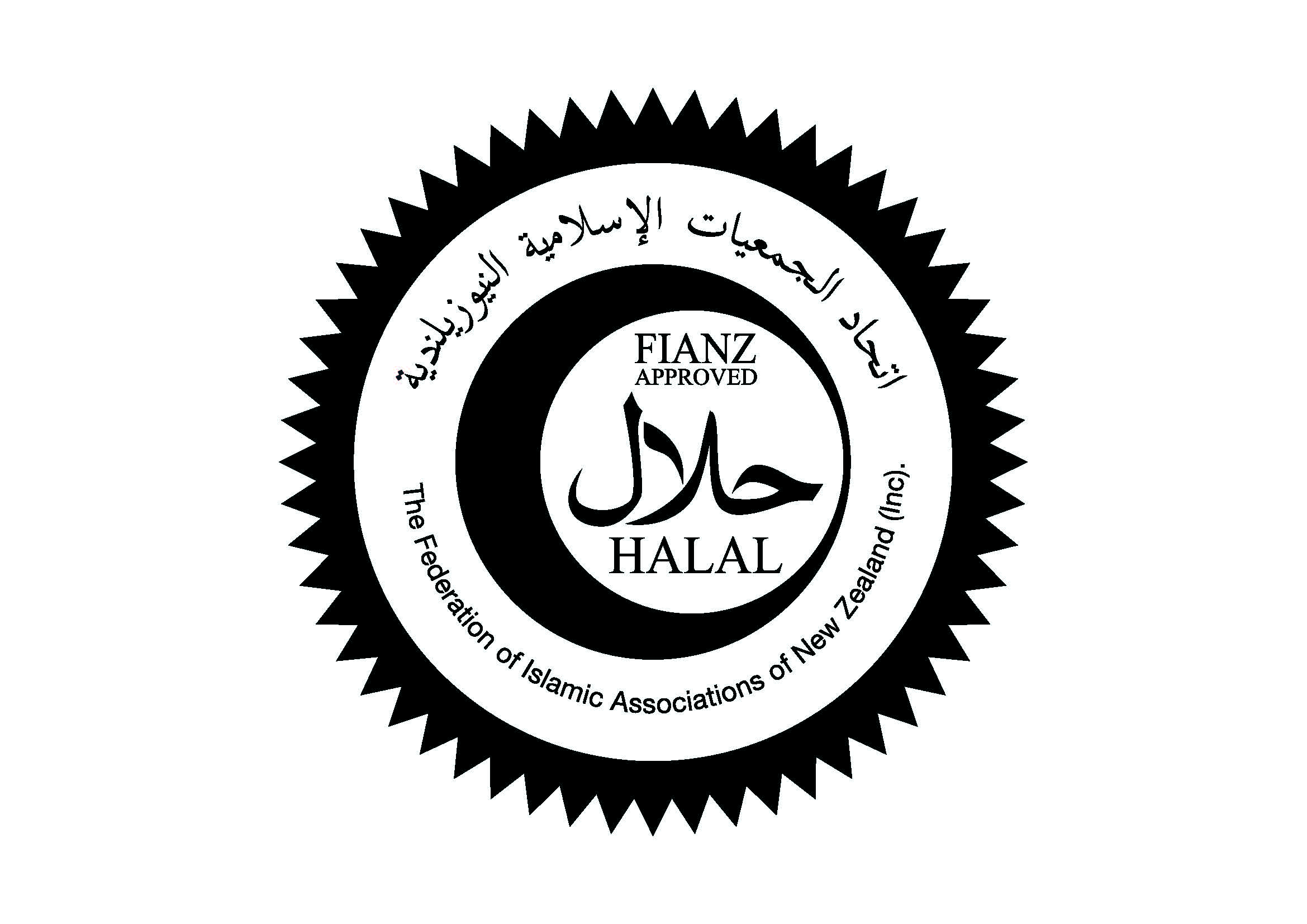BETTER PRODUCTFreeze drying is the process of drying frozen raw material under vacuum conditions in which the ice in the material turns directly into vapour (sublimation). A typical sublimation point in the process is -20°C. this means the material goes from one preserved form (frozen) to another (freeze dried) at a very low temperature, and the chance of chemical reactions during drying (which might affect the flavour, nutritional, or bioactive properties) is kept to a minimum.
Therefore product characteristics when rehydrated are closer to those of the raw material than would be the case with other drying technologies, and the dried product is presented to the customer in a convenient form. Attractive appearance, better flavour and nutritional quality are some of these characteristics. Biologically active materials e.g. cultures, enzymes, are preserved better; IT COSTS LESS WITH FDFFreeze Dried Foods New Zealand Ltd (FDFNZ) has developed an efficient freeze drying process to reduce some of the costs often associated with the process. Energy and labour costs have been reduced relative to traditional freeze drying by automated product handling, including tray loading and unloading, by accelerating the process, and using continuous drying technology. Although capital costs are still high on a throughput basis relative to other preservation technologies, the high throughput driers give a lower capital component of costs than traditional freeze driers.
WE CAN PROCESS MOREThe high output of the driers means that relatively large tonnages of products are possible, which would have required considerable capital expenditure with traditional driers and would also have required large factories to house the numerous machines and support systems. For example a standard FDFNZ machine will produce the equivalent of about 5 one-tonne tray freeze driers, using a similar footprint to one one-tonne drier. (A one-tonne drier dries one tonne of frozen material per day.)
|




